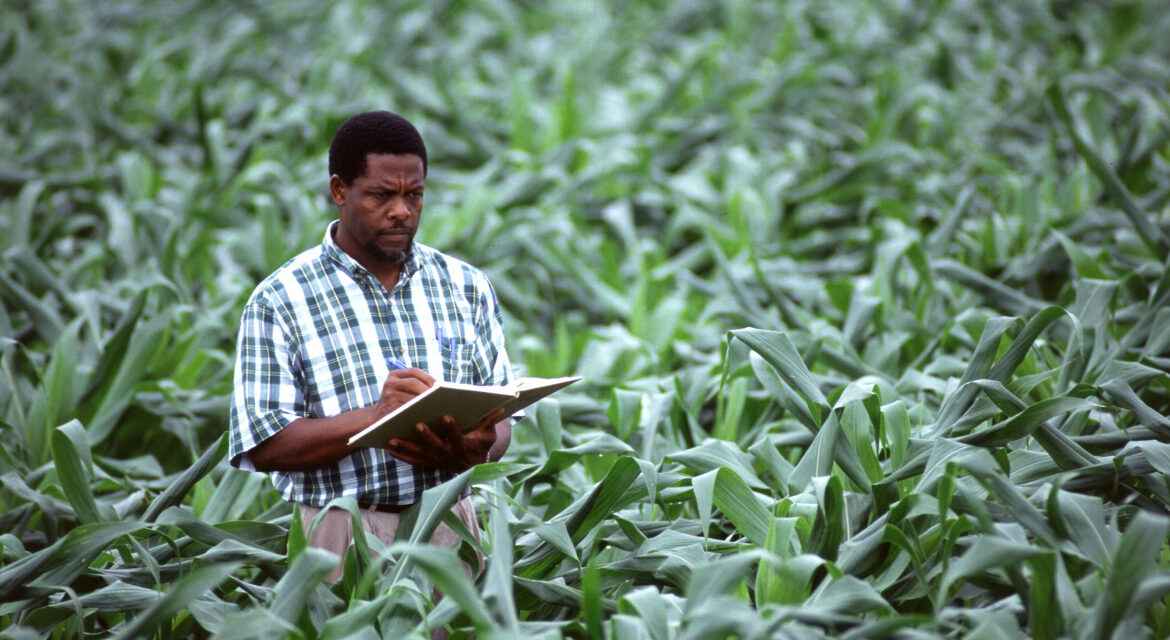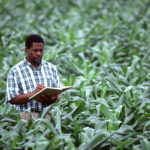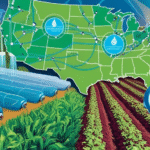Agronomy is often described as the science and art of crop production, but its true strength lies in how it connects and integrates knowledge from other scientific fields. It’s a multidisciplinary science that combines biology, chemistry, physics, ecology, and even economics to improve how we grow food and manage the environment sustainably.
Through biology, agronomy studies plant growth, genetics, and physiology to develop high-yield and disease-resistant crops. Chemistry helps agronomists understand soil composition, nutrient balance, and the effects of fertilizers on plant health. Physics plays a role in irrigation, soil structure, and energy transfer, ensuring that crops receive optimal conditions for growth.
Beyond the natural sciences, agronomy also intersects with economics and environmental science. It seeks to make farming both profitable and sustainable — balancing productivity with environmental stewardship. Today, with the rise of technology, agronomy also draws from data science and engineering, using precision tools, sensors, and satellite data to enhance decision-making on the farm.
In essence, agronomy serves as the bridge between science and the soil. Its collaboration with other sciences makes it a cornerstone of modern agriculture — one that ensures we can feed a growing world while protecting the planet for future generations.





